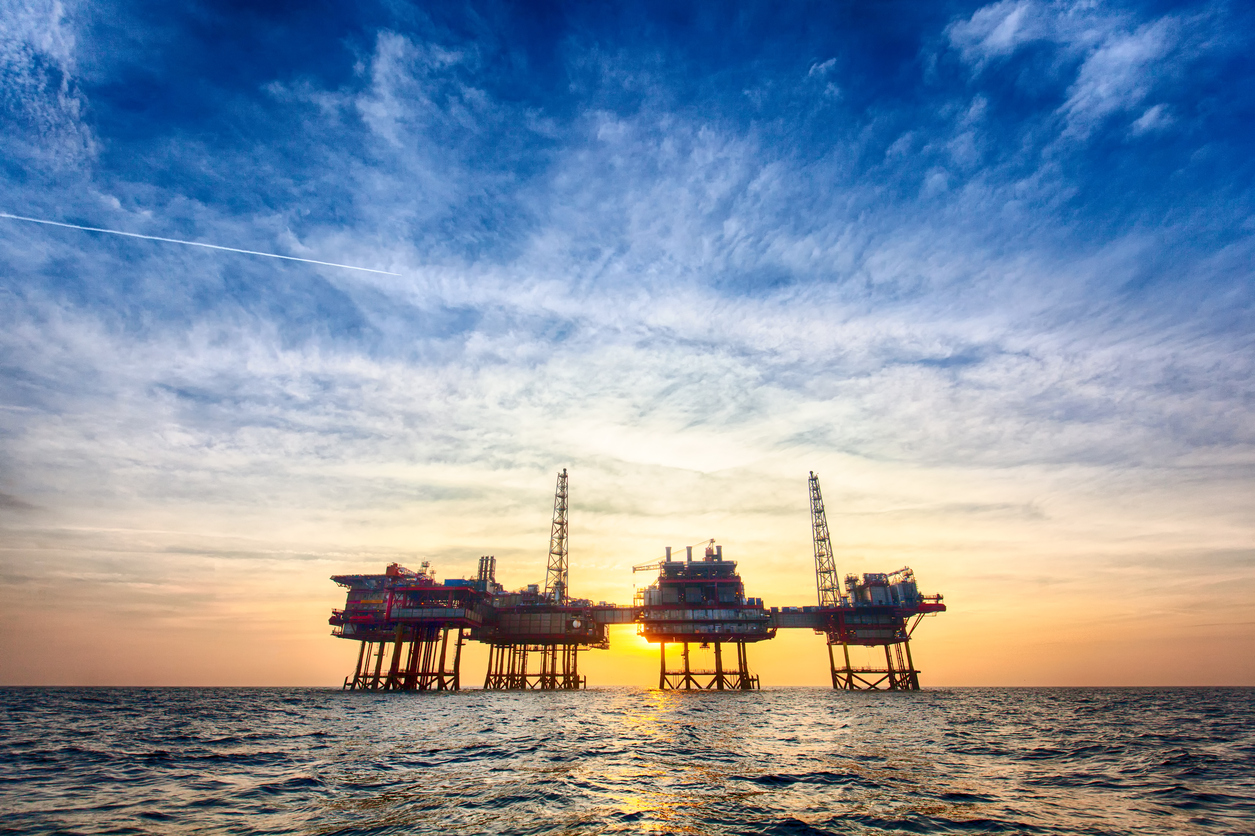Interior Secretary David Bernhardt, a former oil lobbyist who was confirmed by the Senate last month to head the agency that oversees the nation’s public lands and waters, announced the plan Thursday afternoon in Port Fourchon, La., the vast industrial hub that serves as the onshore base for most companies that drill in the Gulf of Mexico.
The oil industry praised the move. Environmental groups warned that the rollbacks could pave the way for similar crises to happen again.
The weakened safety rules come as the Trump administration has also sought to vastly expand offshore drilling in the nation’s waters. Last year the Interior Department proposed opening almost the entire United States coastline to drilling, although Mr. Bernhardt recently said the administration may delay those plans while court challenges are addressed.
Among the safety changes put in place Thursday is a significant reduction in the requirement for oil companies to test fail-safe devices called blowout preventers, which are intended to be a last line of defense against disasters like Deepwater Horizon. In the 2010 fire and monthslong oil leak, the failure of a blowout preventer, an immense device resting on the seabed and extremely difficult to access, was at the heart of the crisis.
The new rules include some changes that had been sought by the American Petroleum Institute, the lobbying arm of the oil industry. A bipartisan commission appointed by President Barack Obama to investigate the Deepwater Horizon disaster had specifically cautioned federal regulators against following the institute’s guidance, writing in its 2014 report that “API-proposed safety standards have increasingly failed to reflect ‘best industry practices’ and have instead expressed the ‘lowest common denominator.’”
Mr. Bernhardt praised the new rule as one that would allow Mr. Trump to continue his policy of aggressively expanding oil production without sacrificing safety.
“Today’s final rule puts safety first, both public and environmental safety, in a common sense way,” he said. “Incorporating the best available science, best practices and technological innovations of the past decade, the rule eliminates unnecessary regulatory burdens while maintaining safety and environmental protection.”
Erik Milito, a vice president of the American Petroleum Institute, wrote in a statement, “This revised well control rule will help to further manage risks and better protect workers and the environment.”
Referring to the fact that the new rules include changes sought by the American Petroleum Institute, Bob Deans, a spokesman for the advocacy group the Natural Resources Defense Council said, “The Trump administration, in other words, wants to hand over responsibility for industry safety to the very entity the commission warned against entrusting with that responsibility.”
Environmental advocates said the rollback did not entirely erase the protections added by the previous administration. “This doesn’t take us back to before the Obama rules,” said Chris Eaton, an attorney with the group Earthjustice. “But it still allows another Deepwater Horizon to happen.”
After the 2010 fire, Mr. Obama commissioned a bipartisan panel to investigate the cause and recommend policy changes meant to prevent such disasters. Among the key recommendations was the release by the Interior Department of tougher safety regulation on the construction, oversight and operation of offshore oil wells and other equipment, particularly blowout preventers.
The Deepwater Horizon explosion was caused in part when the buckling of a section of drill pipe led to the malfunction of a blowout preventer on a BP well known as Macondo.
In Mr. Obama’s final year in office, the Interior Department issued new safety rules on undersea wells and blowout preventers. In Mr. Trump’s first year of office, he announced his plans to loosen those rules. Those plans were detailed in a 176-page draft published by the Interior Department in the fall, and finalized in the 289-page plan made public on Thursday.
In the final rule, the Interior Department noted that the changes were expected to save the oil industry about $824 million over 10 years.
“The changes in the new rule allow for producers to be nimbler, with more adaptive guidelines based on the most up-to-date insights and innovative technology,” said Barry Russell, chief executive of the Independent Petroleum Producers of America.
In addition to reduced testing of blowout preventers — the Obama-era rules required 30-minute tests every 14 days, whereas the new rules reduce that to 5-minute tests every 21 days — the new rules also eliminate a requirement that companies report some of those safety-test results to the Interior Department.
Beyond that, the rule removes a requirement for an Interior Department approved independent expert to verify safety measures and equipment used in offshore drilling operations. And it removes a requirement that drilling operators provide real-time data from wells to onshore observers.
The final rule will become effective 60 days after it is published in the Federal Register, which is expected to happen this week or next week.













